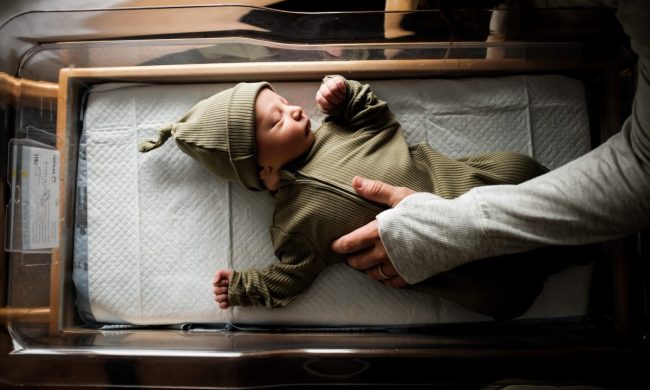
Finding out you’re pregnant is an exciting time, but also one that comes with lots of decisions. For many, that’s deciding whether to use a midwife or a doula throughout the pregnancy and labor. Individuals who are hoping for a drug-free delivery often prefer the services of a midwife or a doula; however, many don’t know the differences between the two. While both these professions aid those through the labor process, their roles are actually quite different. Keep reading to decipher this: doula vs. midwife.
What’s a midwife?

One of the biggest differences between midwives and doulas is that midwives are certified healthcare providers trained in obstetric and gynecological services. According to The Cleveland Clinic, midwives are “experts in uncomplicated OB/GYN care.” Because midwives tend to prefer a more natural, unmedicated, and holistic approach to childbirth they are often favored by those looking for that in their childbirth experience.
There are different levels of certification for midwives, ranging from certified professional midwives who have completed some coursework in midwifery, to certified midwives who have their master’s degree in midwifery (but not their nursing degree) and certified nurse midwives who have their graduate degree in midwifery and have completed nursing school.
What’s a doula?

A doula is “a trained professional who provides continuous physical, emotional, and informational support to their client before, during, and shortly after childbirth to help them achieve the healthiest, most satisfying experience possible.”
Many classify a doula as a childbirth coach and someone who advocates for the individual having the baby. They aren’t medical professionals, and therefore, they don’t aid in delivering the baby or providing any medical care. Their main role is to ensure that the individual who is laboring is calm and comfortable and that their birth plan is being followed.
What are the main differences between the two?

While midwives and doulas both tend to be chosen by those who are looking for a more natural, drug-free childbirth experience, often in their home or birthing center as opposed to a hospital surrounding, there are some key differences. Because midwives are medical professionals, they can perform health check-ups throughout pregnancy and are responsible for routine monitoring throughout the pregnancy. Many midwives (depending on their certification) will work alongside obstetricians and can deliver in a hospital.
Doulas work to ensure the comfort of the pregnant person and their partner and advocate for them throughout the birthing process. “Many women hire doulas if they’re trying to have an unmedicated birth,” Natalia Richey, interim chief midwife in the Department of Obstetrics and Gynecology at Massachusetts General Hospital, explained to the Harvard Medical School. “Doulas are really good at knowing what techniques — such as walking, showering, massage, or aromatherapy — can help a woman through the pain. It’s like having a coach.”
Choosing a midwife, doula or OB/GYN (or combination) is a personal decision and one that may evolve as your pregnancy progresses. Knowing your options and what each professional can do for you can help you make an educated decision.



